If you are looking for a unique and interesting plant to add to your home, you may be wondering if a traveler’s palm or bird of paradise is the right choice for you. Both plants are known for their exotic appearance and their ability to thrive in warm, humid climates. However, there are some key differences between these two plants that you should be aware of before making your final decision.
How to Differentiate Traveler’s Palm From Bird of Paradise
The traveler’s palm (Ravenala madagascariensis) is a species of flowering plant in the banana family. The traveler’s palm is not a true palm, but gets its common name from its palm-like leaves. It is native to Madagascar, but has been introduced to many other parts of the world, including the Pacific Islands, India, Sri Lanka, and the Caribbean.
The bird of paradise (Strelitzia reginae) is a species of flowering plant in the banana family. The bird of paradise is not a true bird, but gets its common name from its bird-like flowers. It is native to South Africa, but has been introduced to many other parts of the world, including the Pacific Islands, Australia, and the Caribbean.
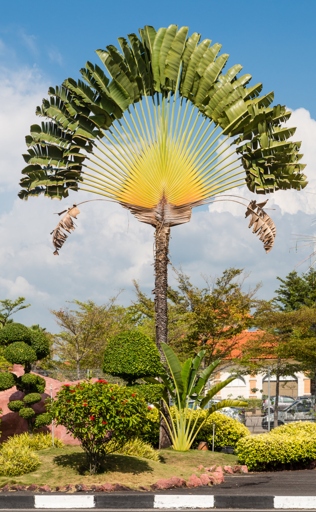
The traveler’s palm has leaves that are arranged in a fan-like shape, while the bird of paradise has leaves that are arranged in a rosette. They are both easily recognized by their large, showy leaves. The traveler’s palm is also distinguished by its dark blue fruits, while the bird of paradise has bright orange fruits. The traveler’s palm and the bird of paradise are both tropical plants that are often used as ornamental plants.
Appearance
Appearance:
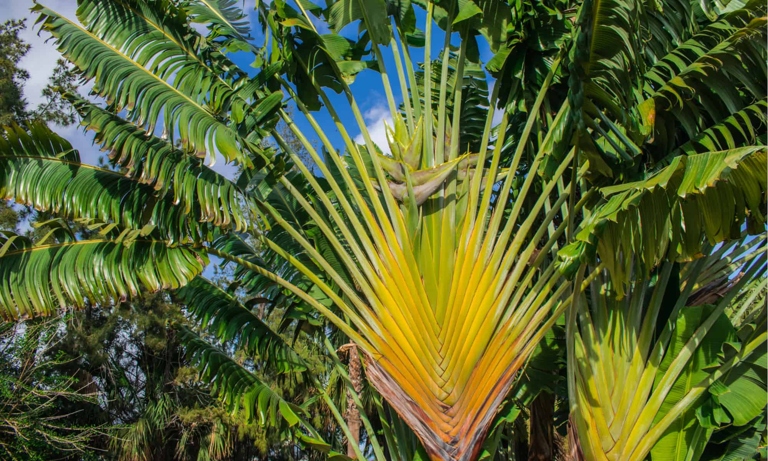
The Traveler’s Palm has small, white flowers that grow in clusters, while the Bird of Paradise has large, brightly-colored flowers that resemble the head and beak of a bird. The Bird of Paradise has a much stouter trunk and its leaves are long and narrow, resembling the tail feathers of a bird. The two plants have very different appearances. The Traveler’s Palm has a slender trunk with large, palmate leaves that resemble the open hand of a traveler. The flowers of the two plants are also quite different.
Despite their different appearances, the two plants are actually quite similar. Both are native to tropical regions and prefer warm, humid climates. They are also both relatively fast-growing plants, which makes them popular choices for landscaping.
Traveler’s Palm
The tree can grow up to 20 feet tall and has large, paddle-shaped leaves that are arranged in a fan-like pattern. It is not a true palm tree, but rather a member of the banana family. The flowers are followed by blue-black fruits that are about the size of a grape. The Traveler’s Palm, also called the Ravenala madagascariensis, is a palm tree that is native to Madagascar. The tree produces large, white flowers that bloom in the summer. The leaves are green on the top and silver on the underside.
The Bird of Paradise, also called the Strelitzia reginae, is a tropical plant that is native to South Africa. The plant produces large, orange flowers that bloom in the summer. The plant can grow up to 10 feet tall and has large, paddle-shaped leaves that are arranged in a fan-like pattern. It is a member of the banana family. The flowers are followed by blue-black fruits that are about the size of a grape. The leaves are green on the top and silver on the underside.
Finally, the Traveler’s Palm produces white flowers, while the Bird of Paradise produces orange flowers. The two plants are similar in many ways, but there are also some key differences. For one, the Traveler’s Palm is much taller than the Bird of Paradise. Additionally, the Traveler’s Palm has green leaves, while the Bird of Paradise has silver-colored leaves.
Bird of Paradise
The plant gets its name from the fact that the flowers look like birds. The plant is also known as the crane flower, paradise flower, and the flamboyant flower. The bird of paradise is a member of the family Strelitziaceae. The bird of paradise is a popular plant for gardens and is often used as an ornamental plant. The bird of paradise is a flowering plant that is native to South Africa.
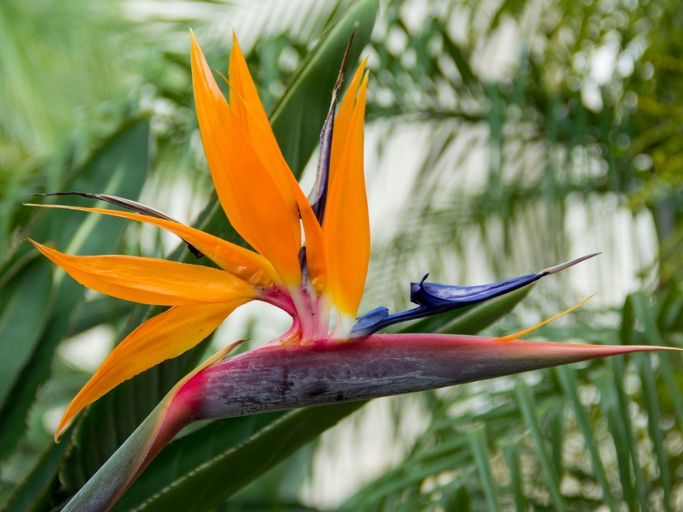
The flowers are pollinated by birds. The plant has large, dark green leaves that are arranged in a spiral pattern. The bird of paradise is a perennial plant that grows to a height of 6-10 feet. The bird of paradise is propagated by seeds. The flowers of the plant are orange and blue and are borne on a long stalk.
The plant is drought-tolerant and does not require much water. The bird of paradise is susceptible to root rot and should be planted in an area that has good drainage. The bird of paradise is an evergreen plant that requires full sun and well-drained soil.
Height
Both of these plants are native to tropical climates and can grow to be quite tall, but there are some key differences between the two. If you’re looking for a tall, tropical plant to add some drama to your landscape, you may be wondering if you should choose a traveler’s palm or a bird of paradise.
The leaves of the traveler’s palm are large and paddle-shaped, and the plant gets its name from the fact that the leaves can be used as a makeshift shelter or umbrella for travelers. Traveler’s palms, also known as Ravenala madagascariensis, are a species of flowering plant in the banana family. They are native to Madagascar and can grow up to 30 feet tall.
There are several different species of bird of paradise, but the most common is the strelitzia reginae, which can grow up to 20 feet tall. The leaves of the bird of paradise are long and narrow, and the plant gets its name from the fact that the flowers look like exotic birds in flight. Bird of paradise plants, on the other hand, are native to South Africa and belong to the family Strelitziaceae.
Traveler’s palms have large, paddle-shaped leaves, while bird of paradise plants have long, narrow leaves. The biggest difference is in their leaves. Bird of paradise plants have flowers that look like exotic birds in flight, while traveler’s palms have more understated flowers. So, what’s the difference between these two tall, tropical plants? Another difference is in their flowers.
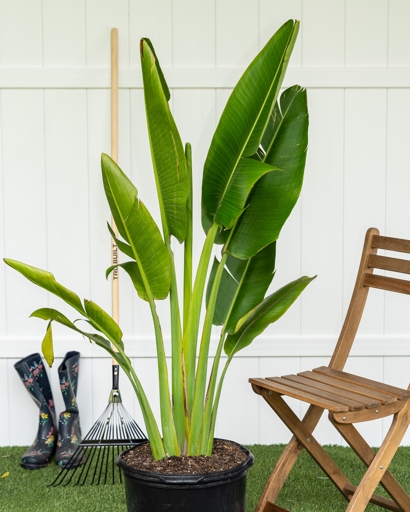
If you’re looking for a tall, tropical plant to add to your landscape, you may want to consider a traveler’s palm or a bird of paradise. Both of these plants are native to tropical climates and can add a touch of drama to your yard.
Leaf Size and Type
Leaf size and type are two important characteristics to consider when determining whether a plant is a traveler’s palm or bird of paradise. Traveler’s palms have large, broad leaves that can grow up to 3 feet long. Additionally, bird of paradise leaves are more narrow and have a pointed shape, while traveler’s palm leaves are more rounded. In contrast, bird of paradise leaves are much smaller, typically only growing to be a few inches long.
Traveler’s palms have leaves that are green on the top and silver on the bottom, while bird of paradise leaves are green on both sides. Additionally, traveler’s palm leaves have a leathery texture, while bird of paradise leaves are more thin and fragile. leaf type can also be used to help distinguish between these two plants.
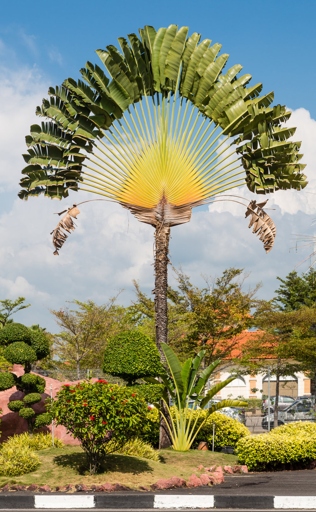
By considering both leaf size and type, you can more easily identify whether a plant is a traveler’s palm or bird of paradise.
Traveler’s Palm
The traveler’s palm gets its name from its large, paddle-shaped leaves, which are used by travelers in Madagascar to fan themselves and create shelter from the sun. The traveler’s palm is a popular landscaping plant in tropical regions, and is also grown as a houseplant in cooler climates. The traveler’s palm is a species of palm that is native to Madagascar. It is not a true palm, but is instead a member of the genus Ravenala. The traveler’s palm is also known as the “tree of life” due to its ability to provide food and water for those who are stranded in the wilderness.
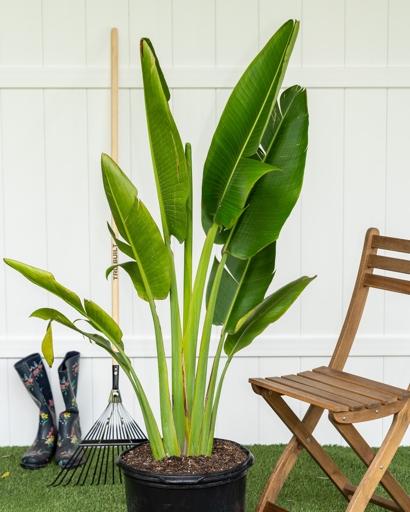
The bird of paradise is known for its colorful plumage and its long tail feathers, which can reach up to three feet in length. The bird of paradise is a popular landscaping plant in tropical regions, and is also grown as a houseplant in cooler climates. It is the national bird of Papua New Guinea. The bird of paradise is a species of bird that is native to New Guinea.
Bird of Paradise
The bird of paradise is a popular plant for landscaping in tropical climates. The plant is named for its resemblance to a bird in flight. The leaves are large and green, and the flowers are bright and colorful. The bird of paradise is a large plant that can grow up to 10 feet tall. It is related to the banana plant and is often mistaken for the traveler’s palm. The bird of paradise is a tropical plant that is native to South America.
Flowers and Fruits
Flowers and fruits are two of the most beautiful things in nature. Though they may seem similar, there are actually many differences between them.
They also have a different structure, with petals that are designed to attract pollinators like bees and butterflies. For starters, flowers are typically much smaller than fruits. This fleshy exterior is designed to attract animals who will eat the fruit and spread the seeds around in their droppings. Fruits, on the other hand, have a fleshy exterior that surrounds a seed-filled core.
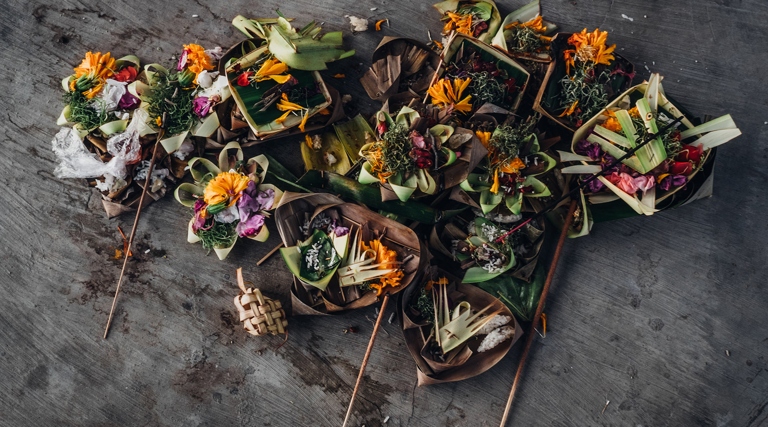
And while both flowers and fruits can be brightly colored, fruits often have a more muted color palette. A flower may only be in bloom for a few days or weeks, while a fruit may stay on the tree or vine for months. Flowers also generally bloom for a shorter period of time than fruits.
But one thing is for sure: they’re both absolutely essential to the ecosystem and incredibly beautiful to behold. So, while flowers and fruits may share some similarities, there are also many differences between them.
Traveler’s Palm
It is in the family Strelitziaceae, which also includes the Bird of Paradise. The Traveler’s Palm, also known as the Ravenala madagascariensis, is a species of flowering plant that is native to Madagascar. However, there are some key differences between the two. The two plants are often confused with one another because they have similar features.
The plant also has a starchy core that can be eaten raw or cooked. The Traveler’s Palm gets its name from the fact that it can be used as a source of food and water for travelers in the wild. The plant has large, paddle-shaped leaves that can hold up to 2.5 liters of water. The water is safe to drink and is a refreshing way to stay hydrated while on the go.
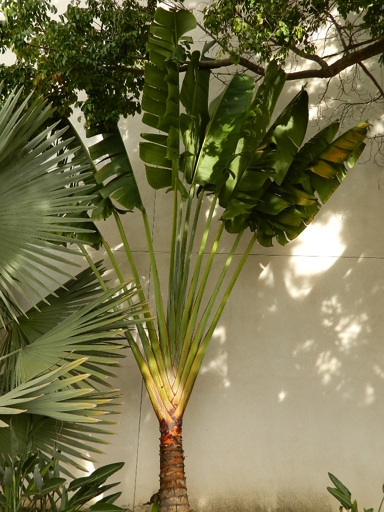
It is a decorative plant that is grown for its beautiful flowers. The Bird of Paradise, on the other hand, is not edible. The flowers are large and brightly colored, making them a popular choice for bouquets and floral arrangements.
So, while the Traveler’s Palm and the Bird of Paradise may look similar, they are actually quite different. The Traveler’s Palm is a useful plant that can provide food and water for travelers, while the Bird of Paradise is a decorative plant that is grown for its beautiful flowers.
Bird of Paradise
The bird of paradise is not a true palm, but it is in the same family as the palm tree. The flowers have a long, curved beak that is used to pollinate the plant. The bird of paradise is a flower that is native to South America. The plant can grow up to 10 feet tall and has large, blue flowers. The plant is also related to the banana. The bird of paradise is a popular plant for gardens and is often used as an ornamental plant. The plant is also known as the crane flower, because the shape of the flower resembles a crane.
Bird of Paradise Care Guide
The bird of paradise is a popular houseplant, and it is not difficult to see why. The bird of paradise is a tropical plant that is native to South America. The plant gets its name from its beautiful flowers, which resemble the head and tail of a bird. With its bright flowers and lush foliage, the plant can brighten up any room.
First, the plant needs bright light. The plant also needs to be in a room that is warm. If you are thinking of adding a bird of paradise to your home, there are a few things to keep in mind. If you do not have a spot in your home that gets direct sunlight, you can place the plant under a grow light. During the winter months, you may need to place a space heater near the plant to keep it warm enough.
The plant also needs to be fertilized every two weeks during the growing season. This will help you to avoid getting water on the leaves, which can cause them to rot. The best way to water the plant is to use a watering can with a long spout. When it comes to watering, the bird of paradise needs to be kept moist, but not soggy. Use a water-soluble fertilizer that is high in phosphorus.
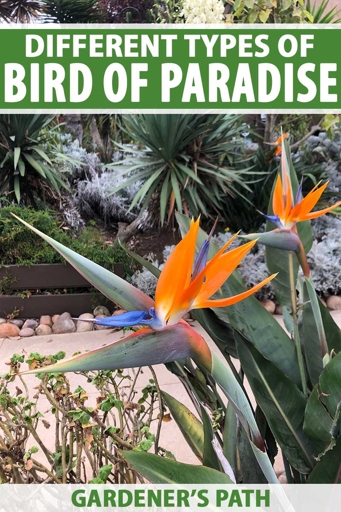
With a little bit of care, your bird of paradise will thrive and bring a touch of the tropics to your home.
Location and Lighting
Here’s a look at the differences and similarities between these two popular plants. If you’re looking to add some tropical flair to your home, you may be wondering if a traveler’s palm or bird of paradise is the right plant for you. Both of these plants are native to warm climates and have large, eye-catching leaves.
Location
Traveler’s palms do best in shady, humid locations, while bird of paradise prefer sunny, dry locations. One of the biggest differences between traveler’s palms and bird of paradise is their preferred location. However, if you live in a cooler climate, you’ll likely need to grow them indoors. If you live in a warm climate, you may be able to grow both of these plants outdoors.
Lighting
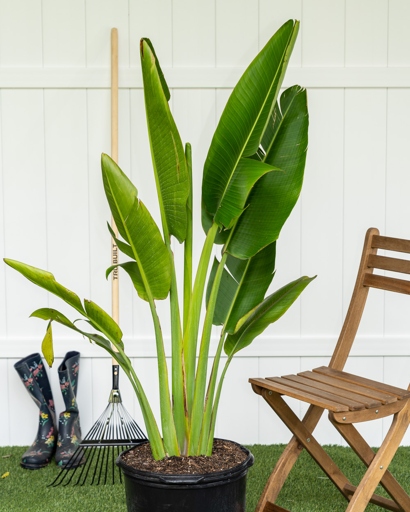
If you’re growing them indoors, make sure to place them near a window that gets plenty of sunlight. Traveler’s palms need bright, indirect light, while bird of paradise need bright, direct light. Another difference between these two plants is their lighting needs.
Watering
Over-watering can lead to root rot, so it’s important to err on the side of caution. Water them only when the soil is dry to the touch. When it comes to watering, both of these plants prefer to be on the dry side.
Fertilizing
Both traveler’s palms and bird of paradise benefit from regular fertilizing. Use a balanced fertilizer once a month during the growing season.
Pruning
Bird of paradise can also benefit from occasional pruning to encourage new growth. Pruning is also important for both of these plants. Traveler’s palms need to be pruned regularly to prevent them from getting too leggy.
Watering
But what are the differences between these two plants? Both are native to tropical regions and are known for their beautiful flowers. The traveler’s palm and bird of paradise are two of the most popular plants in the world.
For one, the traveler’s palm is much taller than the bird of paradise. This means that it can survive in areas with less rainfall. It can grow up to 20 feet tall, while the bird of paradise only grows to about 10 feet. The traveler’s palm is also more drought-tolerant than the bird of paradise.
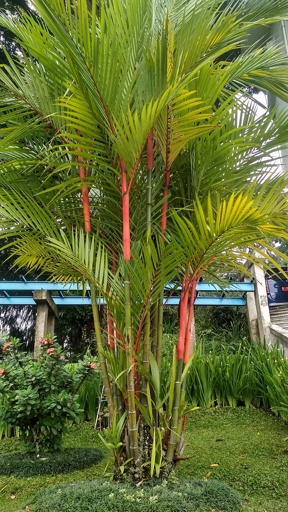
It is also more tolerant of cold weather than the traveler’s palm. This is because the bird of paradise is easier to care for. The bird of paradise is more commonly found in gardens than the traveler’s palm.
But if you’re looking for a plant that is tall and drought-tolerant, the traveler’s palm is the better choice. So, if you’re looking for a plant that is easy to care for and can tolerate cold weather, the bird of paradise is the better choice.
A Little Extra Energy
This tropical plant is native to Madagascar and can grow up to 20 feet tall. The traveler’s palm gets its name from the fact that the leaves can be used as a natural umbrella or shelter. If you’re looking for a little extra energy, you may want to consider the traveler’s palm. They are divided into five sections, each with a different color. The leaves of the traveler’s palm are huge, up to 6 feet long and 3 feet wide.
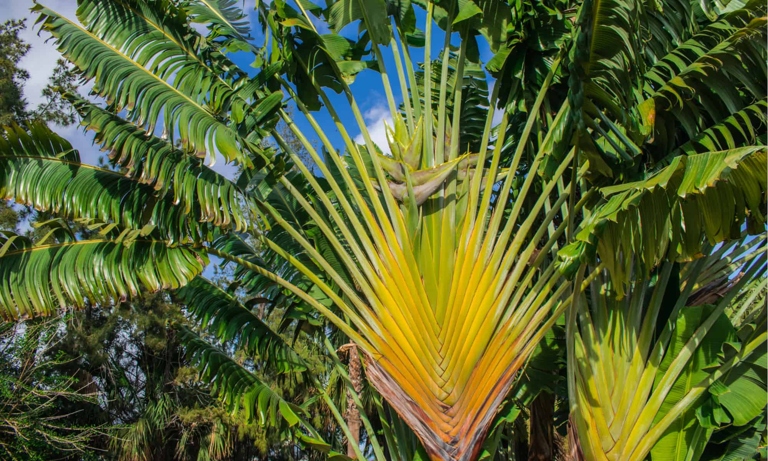
The bird of paradise is also known as the crane flower or the strelitzia. The traveler’s palm is related to the bird of paradise, another tropical plant that is native to South Africa. The bird of paradise can grow up to 6 feet tall and has large, blue or purple flowers. It gets its name from the fact that the flowers look like birds in flight.
Blooms at the Age of 4 to 6 Years
At the age of 4 to 6 years, blooms are more likely to be found on the ground than in the air. The leaves of the blooms are also more likely to be green than other colors. They are also more likely to be found in areas with more sunlight.
Treats Your Strelitzia To The Next Level
For one, the traveler’s palm is much larger, growing up to 20 feet tall, while the bird of paradise maxes out at around 10 feet. These two plants have a lot in common, including their love of sun and heat, but there are also some key differences. The traveler’s palm also has a more robust trunk, making it a better choice if you’re looking for a plant that can stand up to strong winds. If you’re looking to take your Strelitzia to the next level, consider treating it to a traveler’s palm.

They also benefit from being planted in well-draining soil. These plants are relatively low-maintenance, but they do need regular watering and fertilizing to stay healthy. If you live in an area with heavy rains, you may want to consider planting your traveler’s palm in a raised bed to help prevent root rot. So, what’s the best way to care for a traveler’s palm?
Traveler’s Palm Care Guide
The Traveler’s Palm, scientific name Ravenala madagascariensis, is not a true palm tree at all, but a member of the banana family. It is an evergreen, herbaceous plant that is native to Madagascar, but has been introduced to many other tropical and subtropical regions of the world. The plant gets its common name from the fact that the leaves are often used as a natural umbrella by travelers in its native habitat.
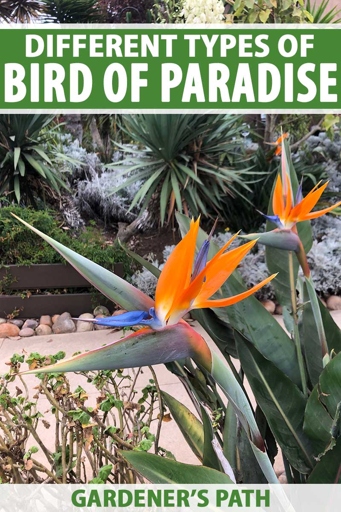
The flowers are white and borne in clusters, and the fruits are black and fleshy. The leaves are large and paddle-shaped, with a dark green upper surface and a silvery-white underside. This palm is a fast grower and can reach heights of up to 20 feet (6 m).
Traveler’s palms are relatively easy to care for and make an excellent addition to any tropical garden. Fertilize monthly with a balanced fertilizer. They prefer full sun and moist, well-drained soil, but are tolerant of some shade and less-than-ideal soil conditions. Water regularly, but allow the soil to dry out somewhat between watering.
If you notice any of these pests, treat with an appropriate insecticide. Traveler’s palms are relatively pest and disease free, but can be susceptible to scale and mealybugs. Prune away any dead or damaged leaves as needed.
Where to Plant The Traveler’s Palm
The Traveler’s Palm can be planted in full sun or partial shade. It prefers well-drained soil and does not like to be too wet. It is a popular plant to grow in the home landscape because it is relatively easy to care for and it is an attractive plant. The Traveler’s Palm is a tropical plant that is native to Madagascar. The Traveler’s Palm is not a true palm, but it is in the same family as the palm. The leaves of the Traveler’s Palm are large and palm-like. The flowers are white and they bloom in the summer. The Traveler’s Palm is a popular plant to use as a specimen plant or in a tropical landscape. The plant can grow to be 20 feet tall and 10 feet wide.
How To Care For A Traveler’s Palm
Here are a few tips: If you’re lucky enough to have a traveler’s palm in your yard, you’ll want to take good care of it.
Water regularly. These palms like to stay moist, so water them about once a week, or more often if it’s particularly hot or dry.
Use a palm fertilizer to keep your traveler’s palm healthy. Fertilize monthly.
Trim dead leaves. As with any palm, trim off any dead leaves to keep the plant looking its best.
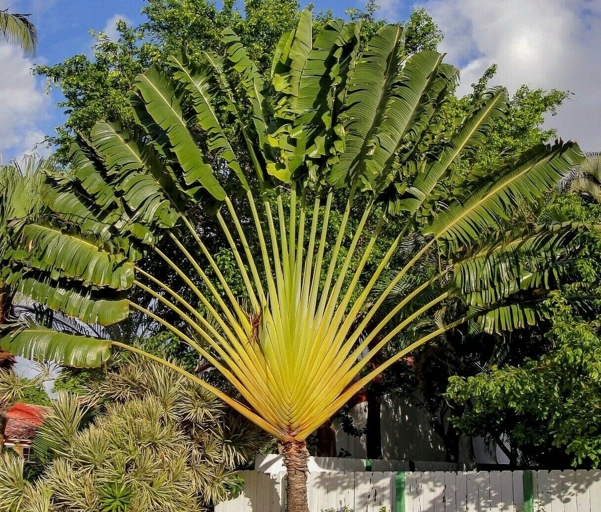
Give it room to grow. These palms can get quite large, so make sure you plant them in an area where they have plenty of room to spread out.
With a little care, your traveler’s palm will thrive and add a touch of the tropics to your yard!
How to Grow a Traveler’s Palm
The leaves are arranged in a fan-like shape and have a waxy coating. It’s called a traveler’s palm because its leaves are said to resemble a palm tree. A traveler’s palm (Ravenala madagascariensis) is a tropical plant that’s native to Madagascar. The traveler’s palm is a popular landscaping plant and is often used as a houseplant. The plant can grow up to 20 feet tall and has large, blue-green leaves. The plant produces white flowers that bloom in the summer.
The flowers are orange and blue and bloom in the summer. The bird of paradise (Strelitzia reginae) is a tropical plant that’s native to South Africa. The plant can grow up to 10 feet tall and has large, blue-green leaves. The bird of paradise is a popular landscaping plant and is often used as a houseplant. It gets its name from its flowers, which resemble a bird’s head.
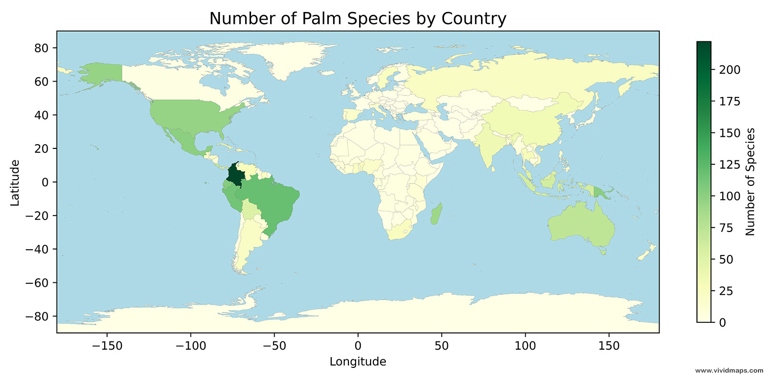
The traveler’s palm gets its name from its leaves, which resemble a palm tree. The traveler’s palm and the bird of paradise are both tropical plants that are native to different parts of Africa. The traveler’s palm is native to Madagascar and the bird of paradise is native to South Africa. The bird of paradise gets its name from its flowers, which resemble a bird’s head. Both plants are popular landscaping plants and are often used as houseplants.
Frequently Asked Questions
1. What is the difference between a traveler’s palm and a bird of paradise?
2. What are the similarities between a traveler’s palm and a bird of paradise?
3. What is the scientific name for a traveler’s palm?
4. What is the scientific name for a bird of paradise?
5. What is the natural habitat for a traveler’s palm?
6. What is the natural habitat for a bird of paradise?
7. How do traveler’s palms reproduce?
8. How do bird of paradise reproduce?
9. What is the average lifespan of a traveler’s palm?
10. What is the average lifespan of a bird of paradise?
Final thoughts
The traveler’s palm and bird of paradise are two of the most popular plants in the world. Both plants are native to tropical climates and are known for their beauty. The traveler’s palm is more commonly found in the wild, while the bird of paradise is more commonly found in gardens. The traveler’s palm is a taller plant with wider leaves, while the bird of paradise is a shorter plant with narrower leaves. The traveler’s palm is also known for its red fruits, while the bird of paradise is known for its blue flowers. Both plants are easy to care for and make great additions to any home.
